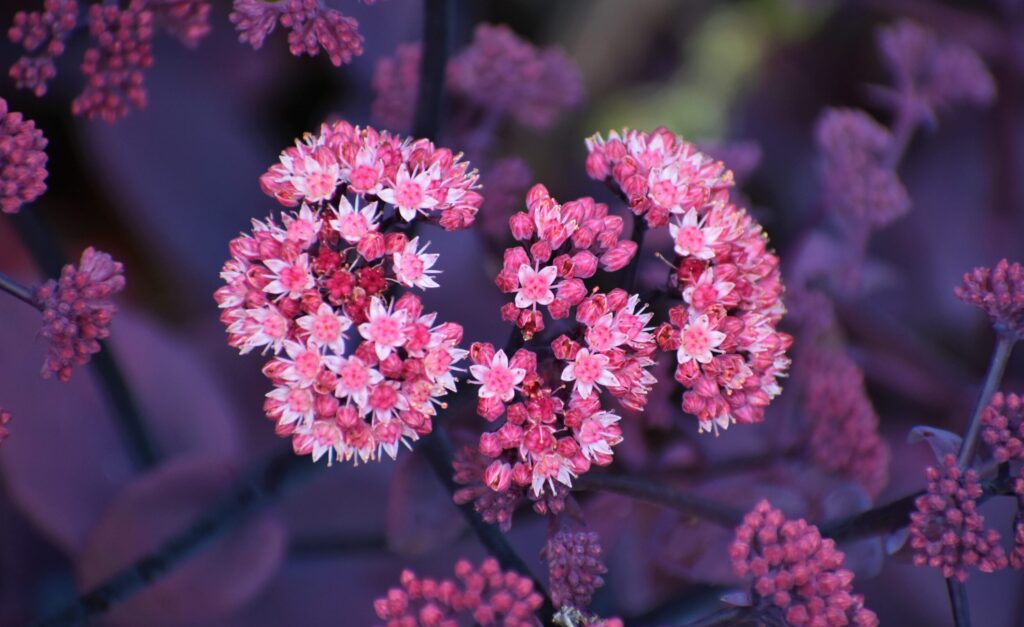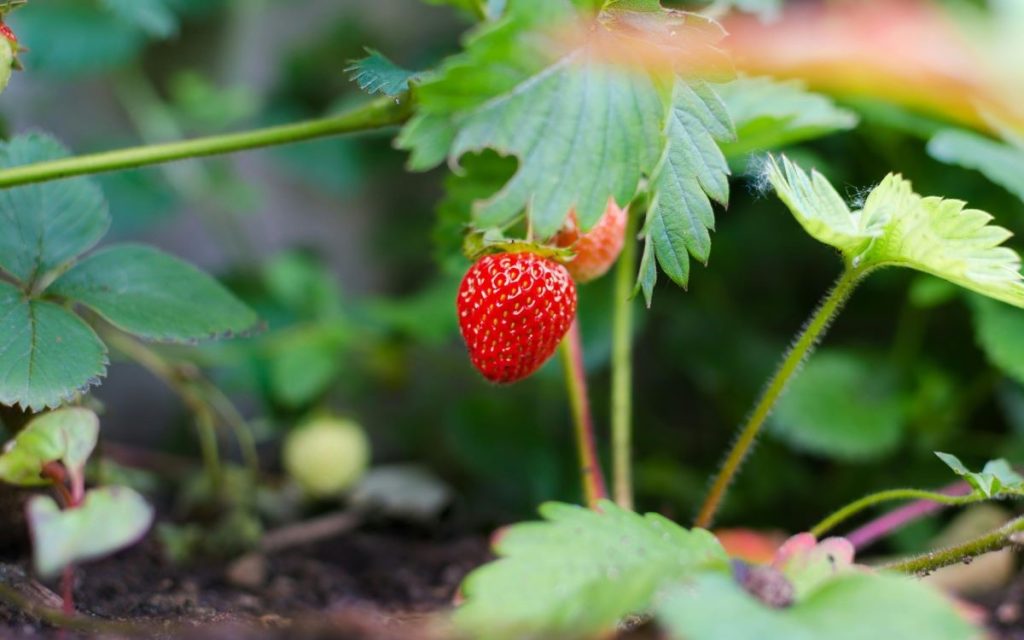For many, the height of the growing season means it’s time to rethink your garden. You might be considering investing in a little landscaping, or starting up a new maintenance routine to keep everything in check, but could there be a benefit to simply letting the garden grow as it will? This concept is getting some traction lately, with the practice of rewilding becoming more and more of a trend. However, it doesn’t necessarily mean just ignoring your garden. Let’s explore the concept of rewilding the garden and how you can go about it.
What is Rewilding?
Rewilding aims to restore the process of natural growth, such as in wilderness areas. Essentially, an environment in which nature takes care of itself. In the context of gardening, rewilding means transforming your garden into a more natural and self-sustaining habitat, which can support a variety of local wildlife. This involves reducing human intervention and allowing native plants and animals to thrive. The goal is to create a balanced ecosystem that promotes biodiversity, improves soil health, and provides habitats for a range of species. Rewilding your garden not only benefits the environment but also creates a beautiful, dynamic space that changes with the seasons.
Rewilding your garden offers numerous benefits for both the environment and personal well-being. By encouraging native plants and reducing mowing, rewilding enhances biodiversity, providing habitats for insects, birds, and small mammals. It improves soil health through natural processes like composting and the introduction of mushrooms, which enrich the soil and support plant growth.
This article contains affiliate links and does not earn commission.

Garden Rewilding 101
Slow Your Mow
One of the simplest ways to start rewilding your garden is to mow less frequently. Allowing your grass to grow longer encourages the growth of wildflowers and provides a habitat for insects, which in turn supports birds and other wildlife. Longer grass also helps to retain moisture in the soil, reducing the need for additional watering. By mowing less, you reduce your garden’s carbon footprint and save on fuel and energy. Additionally, less frequent mowing means less noise pollution, creating a more peaceful environment for both you and the local wildlife.
Grow Native Flowers
Growing native flowers is a key aspect of rewilding. Native plants are adapted to the local climate and soil conditions, making them easier to grow and maintain. They require less water, fertilizers, and pesticides compared to non-native species, meaning you don’t need as much effort to grow them. Native flowers attract local pollinators such as bees, butterflies, and birds, which play a crucial role in maintaining the health of the ecosystem. By planting a variety of native flowers, you can create a vibrant and diverse garden that supports local wildlife and adds natural beauty to your outdoor space.
Add Mushrooms
Incorporating mushrooms into your garden can significantly improve soil health. Mushrooms form symbiotic relationships with plants, helping them to absorb nutrients and water more efficiently. The mycelium network created by choosing and integrating the top spores breaks down organic matter, enriching the soil with essential nutrients. This process enhances soil structure, promotes plant growth, and increases the garden’s overall resilience to pests and diseases. Adding mushrooms to your garden can be as simple as incorporating mushroom spores or inoculated wood chips into your soil.
Don’t Clean Up Everything
Leaving some areas of your garden untidy can be beneficial for wildlife. Dead branches, leaves, and other organic debris provide essential habitats and food sources for insects, birds, and small mammals. These materials decompose over time, enriching the soil with nutrients. Piles of leaves can become shelters for hedgehogs and other small creatures, while dead wood offers a home for beetles, fungi, and mosses. By resisting the urge to clean up every last bit of organic matter, you support a thriving ecosystem right in your backyard.
Stop Worrying About Weeds as Much
Reevaluating your perception of weeds is crucial for rewilding. Many plants commonly labeled as weeds, such as dandelions and clover, are beneficial to the ecosystem. They provide food for pollinators, improve soil health, and increase biodiversity. Instead of eradicating all weeds, consider allowing some to coexist with your cultivated plants. This approach reduces the need for chemical herbicides and creates a more natural and balanced garden. By embracing a few weeds, you contribute to a healthier environment and foster a more diverse range of plant and animal life.
Choose a Diversity of Plants
Planting a diverse range of species is vital for creating a resilient and thriving garden. Diversity in plant life attracts a variety of wildlife, supports beneficial insects, and reduces the risk of pest outbreaks. Different plants have unique root structures, which can improve soil health and prevent erosion. A mix of trees, shrubs, flowers, and grasses can create multiple layers of habitat, providing food and shelter for different species throughout the year. By selecting a variety of plants, you enhance the ecological complexity and visual appeal of your garden.
Give Up Pesticides and Fertilizers
Reducing or eliminating the use of pesticides and chemical fertilizers is a fundamental step in rewilding your garden. These substances can harm beneficial insects, pollute waterways, and degrade soil health. Instead, focus on natural pest control methods and organic fertilizers. Companion planting, introducing beneficial insects like ladybugs, and using homemade compost can keep pests in check and nourish your plants. By avoiding synthetic chemicals, you protect the local environment and create a safer habitat for wildlife.
Make Compost
Composting is an excellent way to recycle organic waste and enrich your garden soil. Compost adds essential nutrients, improves soil structure, and promotes healthy plant growth. It also reduces the amount of waste sent to landfills, lowering your carbon footprint. Setting up a compost bin in your garden is easy and provides a continuous supply of nutrient-rich material. Composting supports a sustainable gardening practice, enhancing soil fertility and helping plants to thrive naturally.
Add a Pond
Introducing a pond to your garden creates a dynamic habitat for a variety of wildlife. Ponds attract frogs, dragonflies, birds, and other creatures, enhancing biodiversity. They also provide a source of water for animals and support aquatic plants that can further enrich your garden ecosystem. A pond doesn’t have to be large; even a small water feature can make a significant impact. Ensure the pond has shallow areas to allow easy access for wildlife and include native aquatic plants to support the local ecosystem.
Don’t Tidy the Garden in the Winter
Allowing your garden to remain untidy during the winter months provides essential habitats for overwintering wildlife. Fallen leaves, dead plant stems, and other organic materials offer shelter and food for insects, birds, and small mammals. These materials also protect the soil from erosion and provide nutrients as they decompose. By refraining from extensive winter clean-up, you support the natural life cycles of many species and help maintain a healthy garden ecosystem.
Set Up a Birdbox
Birdboxes are an effective way to attract nesting birds to your garden. Birds play a crucial role in controlling pests, pollinating plants, and dispersing seeds. Providing safe nesting sites encourages birds to make your garden their home, contributing to local biodiversity. Position birdboxes in sheltered locations, away from direct sunlight and prevailing winds, to ensure the comfort and safety of the birds. By setting up birdboxes, you create a welcoming environment for avian wildlife and enjoy the added benefit of observing their behaviors and songs.
Keep Your Soil Healthy
Maintaining healthy soil is fundamental to rewilding your garden. Healthy soil supports plant growth, retains moisture, and resists erosion. Practices such as mulching, adding organic matter, and avoiding soil compaction can improve soil health. Encouraging earthworms and other soil organisms helps aerate the soil and enhance nutrient cycling. Regularly testing your soil and adjusting its pH and nutrient levels as needed can also contribute to a more productive and resilient garden. Healthy soil forms the foundation of a thriving ecosystem, supporting a wide range of plant and animal life.
Leave a Hole in Your Fence
Creating small openings in your garden fence allows wildlife to move freely between your garden and the surrounding area. These wildlife corridors enable hedgehogs, frogs, and other small creatures to find food, shelter, and mates. Ensuring safe passage for wildlife supports local biodiversity and helps maintain healthy populations of various species. When planning your garden, consider the needs of local wildlife and design features that facilitate their movement and access. Of course, if disruptive or destructive pests are a problem in your area, then you need to take them into consideration, as well. This also applies to anyone who has a pet that spends time in their garden. This step isn’t equally beneficial to all.
Rewilding reduces the need for chemicals, like pesticides and fertilizers, and conserves water and energy. It also creates a beautifully dynamic garden that changes with the seasons, fostering a stronger connection to nature and relaxation. Overall, rewilding helps your garden thrive, and a happy garden means a more enjoyable (and sustainable!) outdoor space.
Header: Lukas

